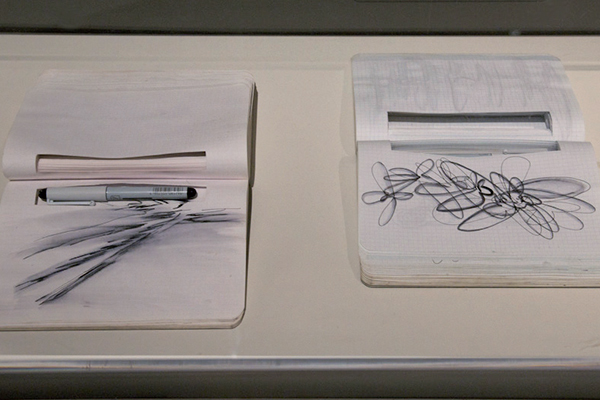Drawing: creative expression
DOI:
https://doi.org/10.15168/xy.v1i1.20Abstract
Understanding how the creative thought spreads is crucial in affecting the development of society. The path, in which such a thought is generated is ideation, which relies profoundly on an essential element: reflection. In reflection it is crucial to have an effective and practical manipulation, and having different interpretations rather than a unique solution. The other defining moment in the ideation phase is memory. The more data we visualize, we meet, we feel, we live, the greater is the selection through which we long store the solution. Then you understand the role of culture, knowledge, experiences, emotions, everything that allows us to learn new things, from which get inspired. The intersection of reflection and memory is expressed in the course of ideation in four phases: preparation, incubation, lighting and verification. This process is the same for a designer, this time through drawing. Preparation (survey): the collection of information in terms of form, context and construction of the object is based on the field survey or on a more structured one. Analysis of the built reality and the environment in which it is materialized, and the experiences of those who preceded. Incubation (the sketch): information and stimulus are self–addressed to the sketched images, those made without thinking, at different times, in all situations. Lighting (preliminary design): the awareness takes shape by making different drawings on a specific case, the process becomes increasingly clear converging in a possible solution. Verification (the final drawing): defining the preliminary solutions, drawing a more detailed representation, optimizing measures and materials, confirming them to themselves and to others, subjecting them to judgment and criticism. It is a long and iterative process, before coming to its realization (executive drawing). Traditional drawing, digital drawing or a mix of both, are interchangeable techniques and after many years of drawing production by digital technology, we can make some observations on how the two techniques affect both the results, and the creative path.


